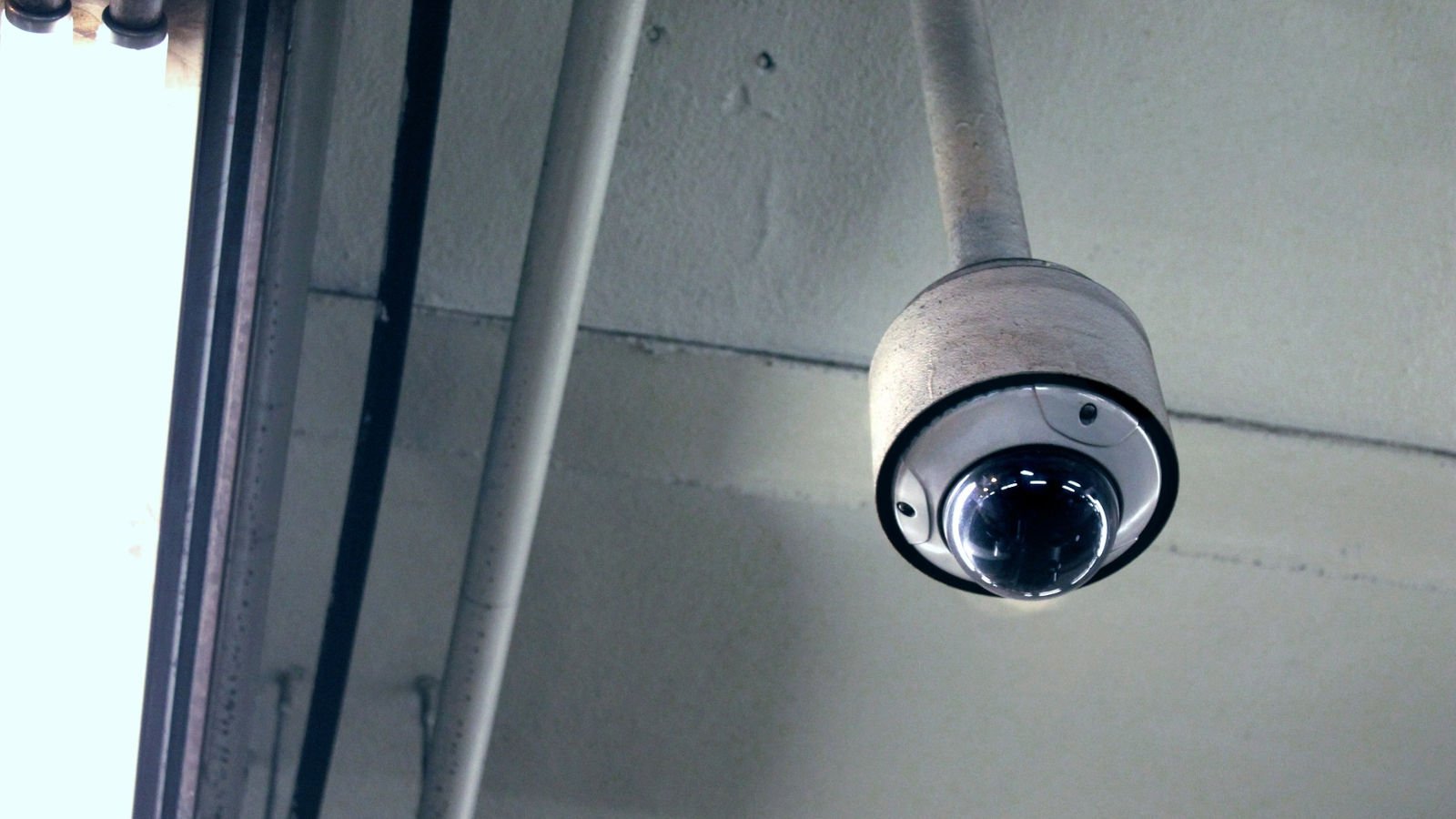On Wednesday, Google alerted approximately 14,000 users that they had been targets of a phishing campaign by Russian government-sponsored threat actors, according to a company employee.
Cisco this week released patches for multiple high-severity vulnerabilities affecting its Web Security Appliance (WSA), Intersight Virtual Appliance, Small Business 220 switches, and other products.
A high-severity code injection vulnerability has been disclosed in 23andMe’s Yamale, a schema and validator for YAML, that could be trivially exploited by adversaries to execute arbitrary Python code.
The claim of the breach came from an anonymous account on a hacking forum that, according to Vice, obtained access to the database from a supposed company called “X2Emails.”
Although there are different vectors of malware distribution, most of the current crop of ransomware threats targeting businesses in the CIS penetrate the victim’s network via RDP.
The list of the affected models is extensive and covers many of Dahua cameras, even some thermal ones. On Shodan, researchers found over 1.2 million Dahua systems around the world.
According to a report by National Cybersecurity Alliance and CybSafe, public response, and implementation of commonly known best practices including strong passwords, MFA and others are tepid at best.
Overall, 130 suspects were identified and 116 searches were conducted. The group is estimated to have caused losses of around $4 million for over 470 victims by posting fake property ads.
Making critical infrastructure more resilient to attacks will be one of four outcomes national security officials hope to achieve by hosting representatives from 30 countries in the coming weeks.
The agency observed, based on an interview with a LockBit ransomware operator, that the bad actors appeared to have a “contradictory code of ethics.” Hospitals are considered easy targets, said HC3.









